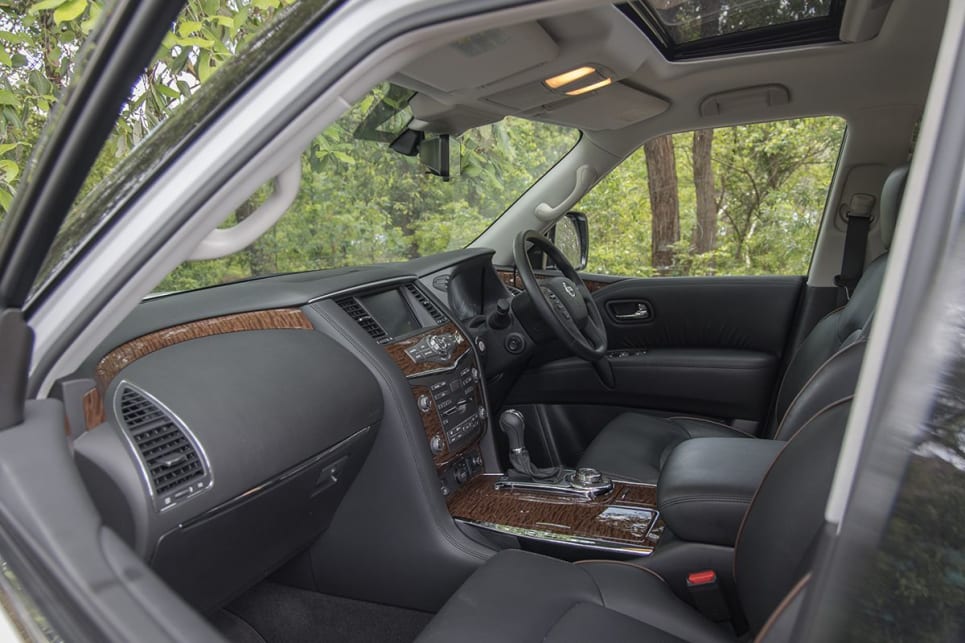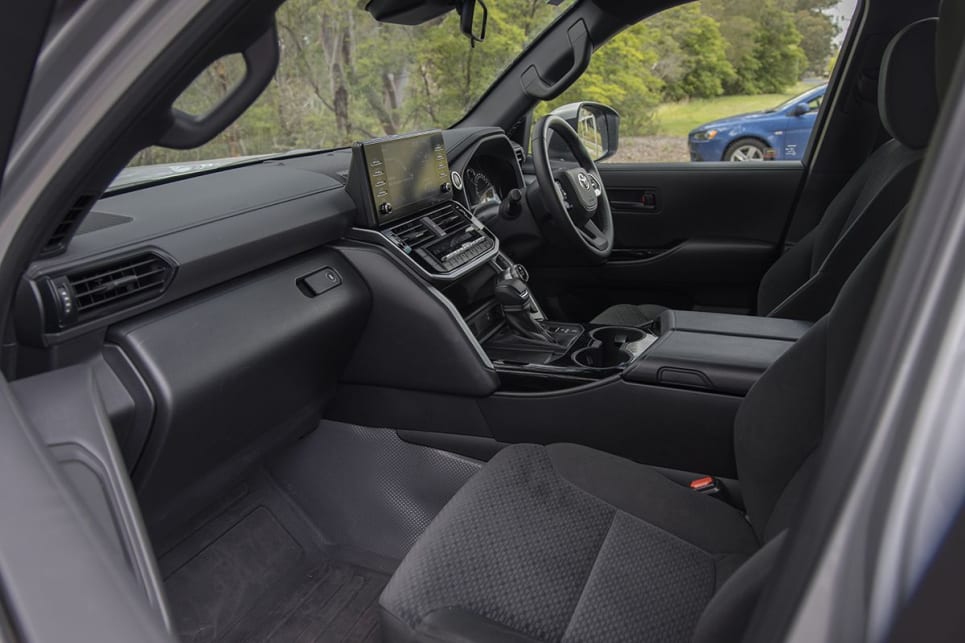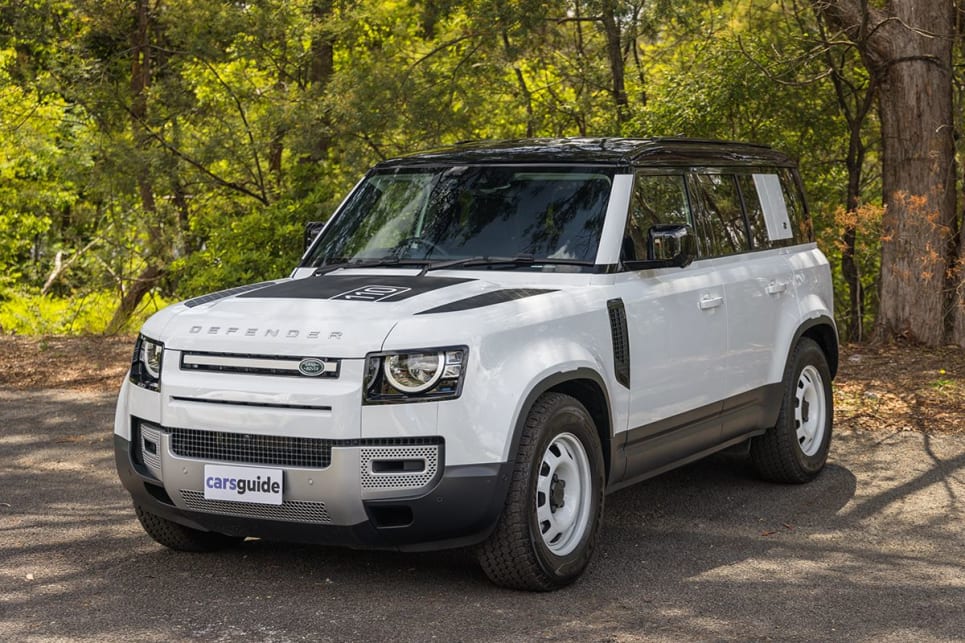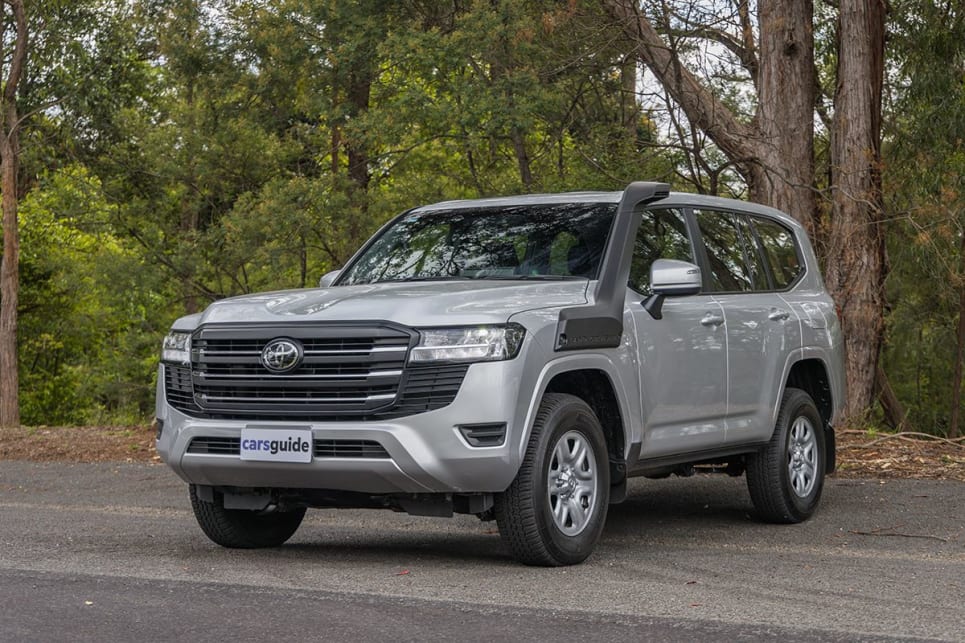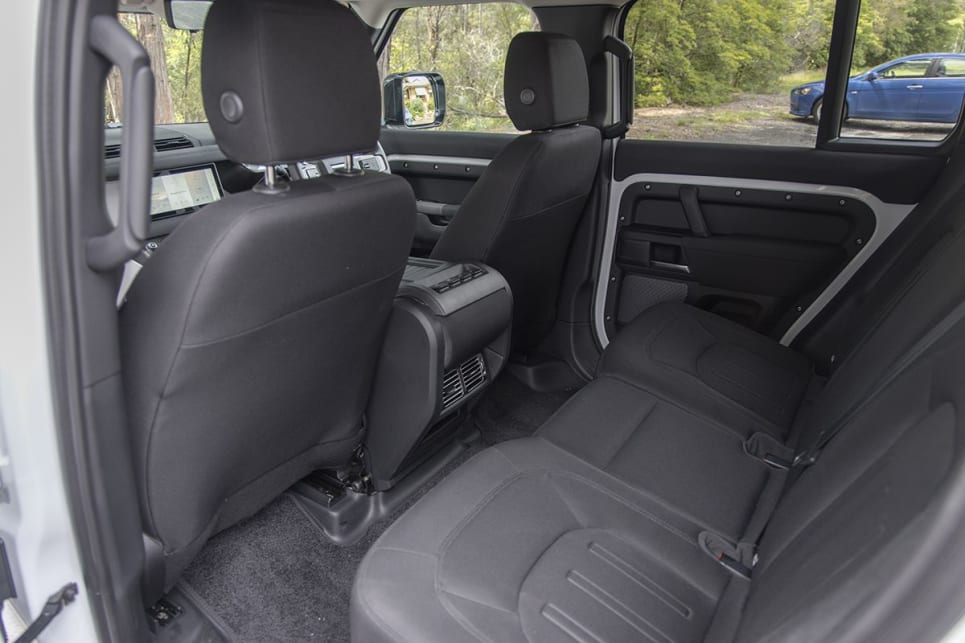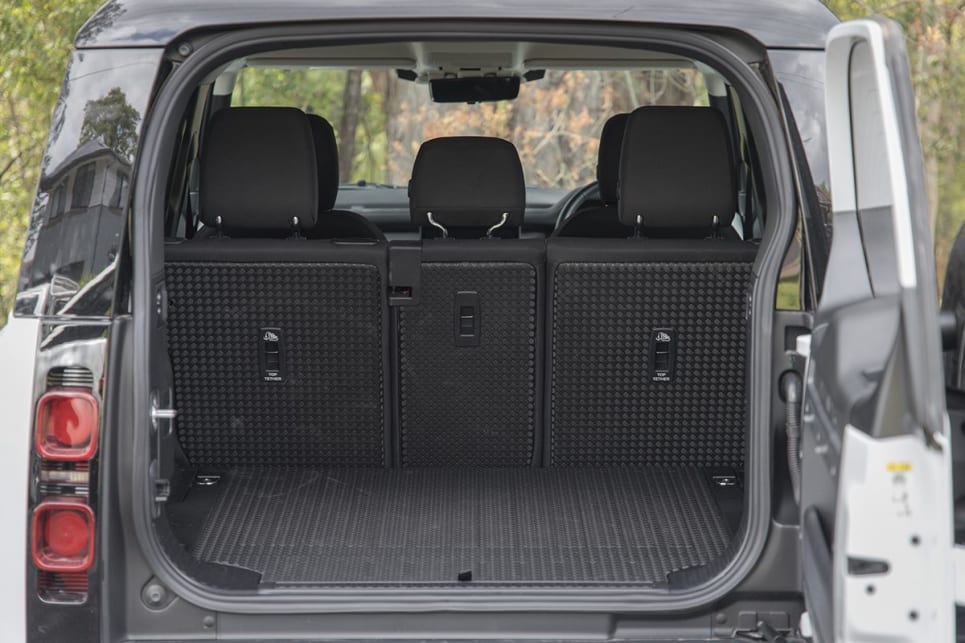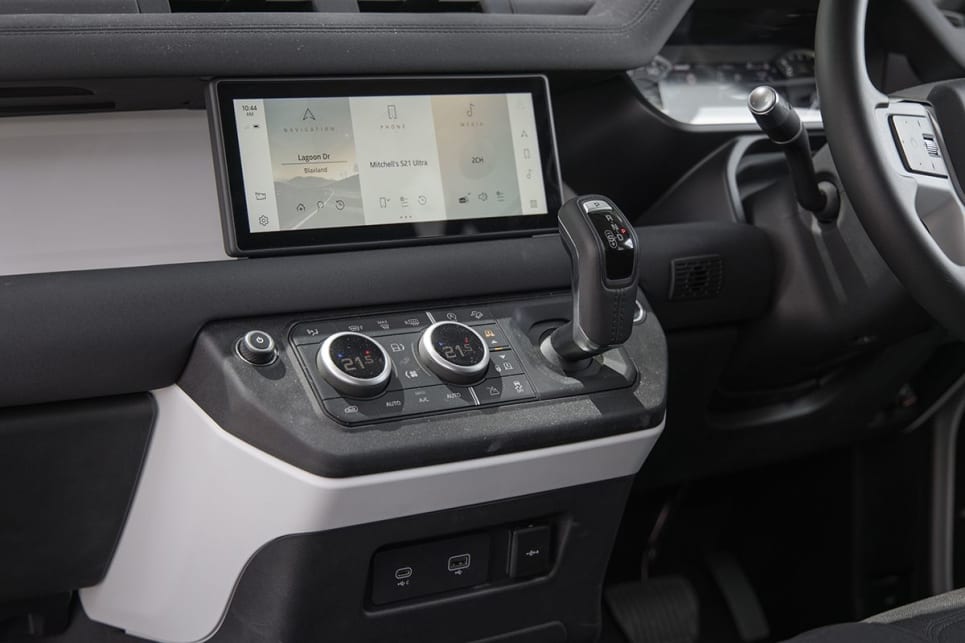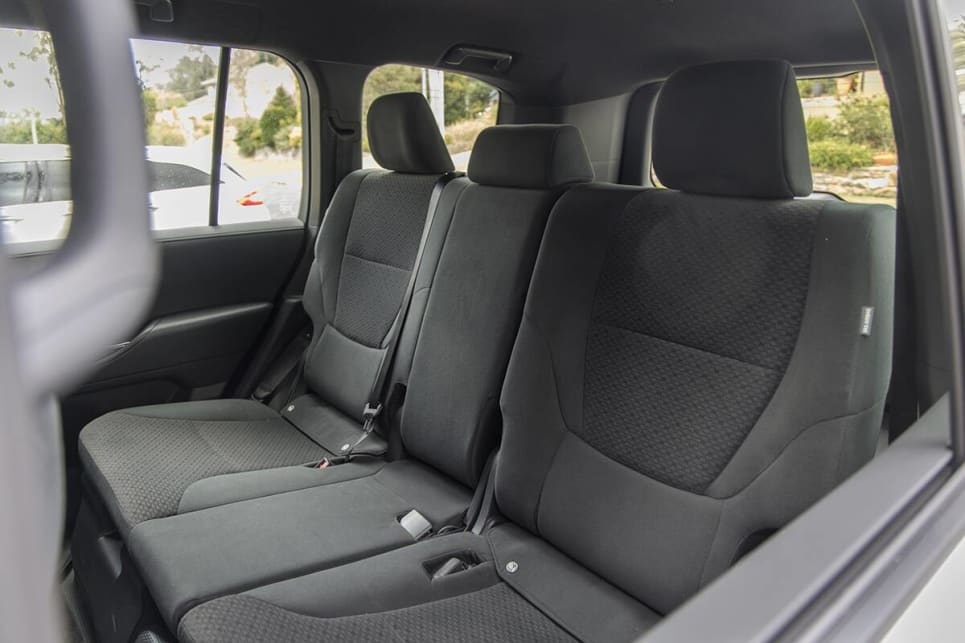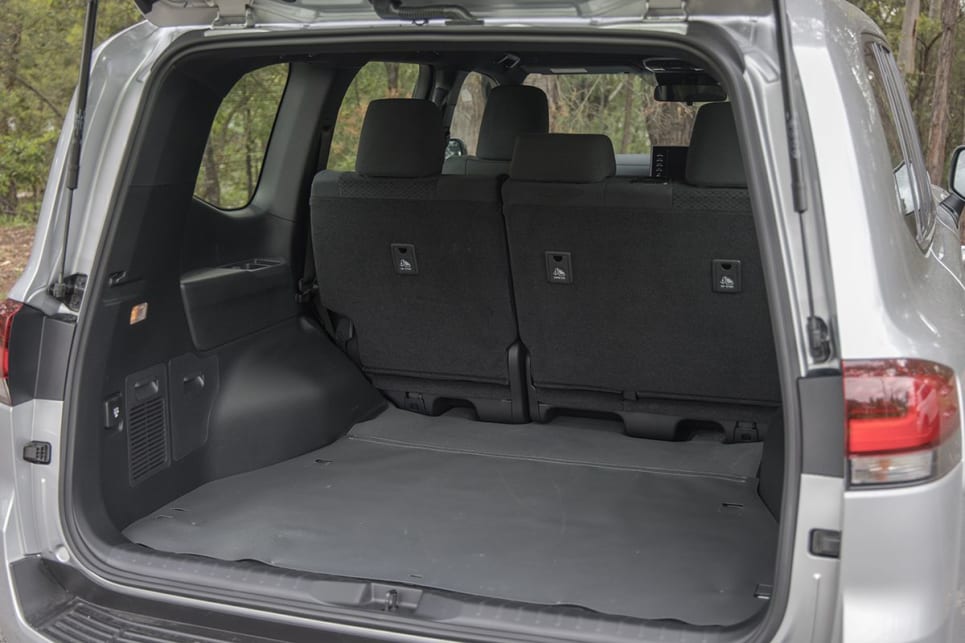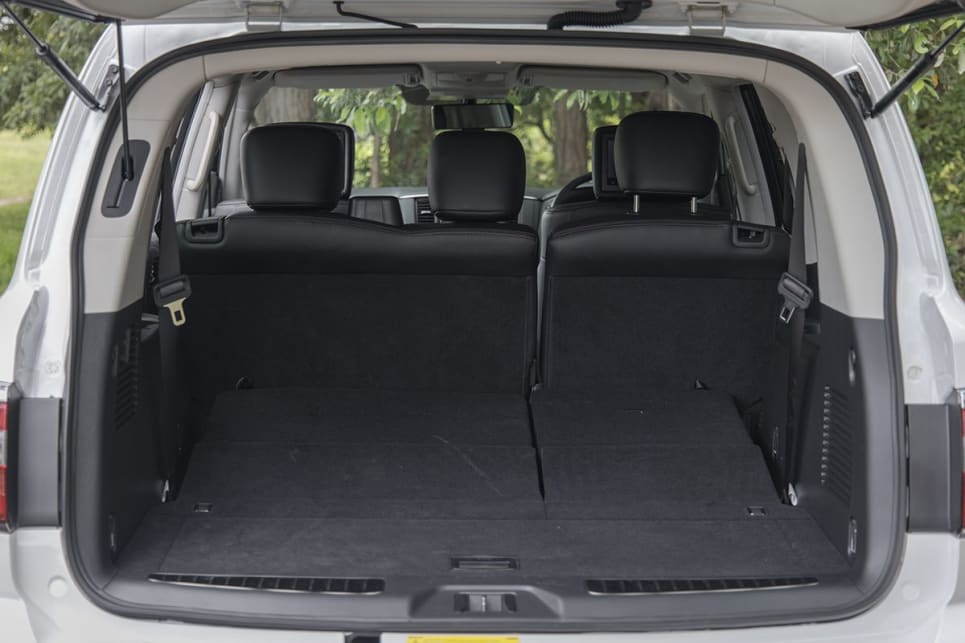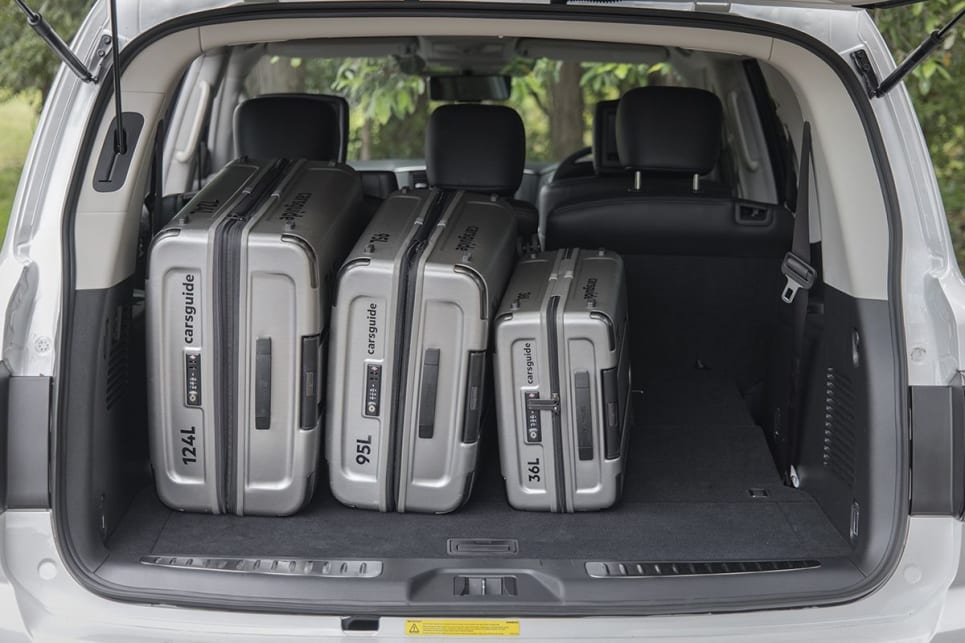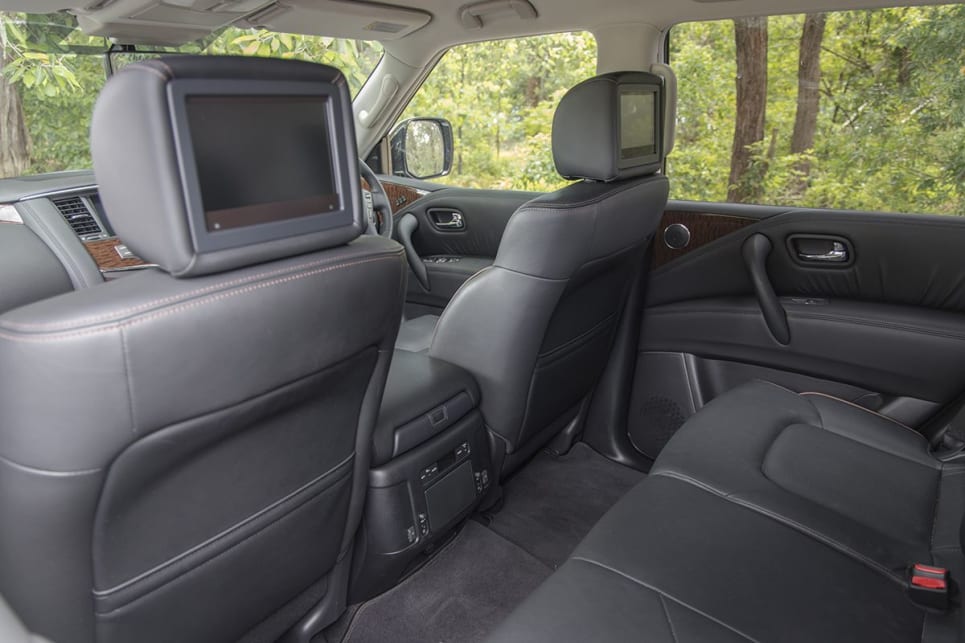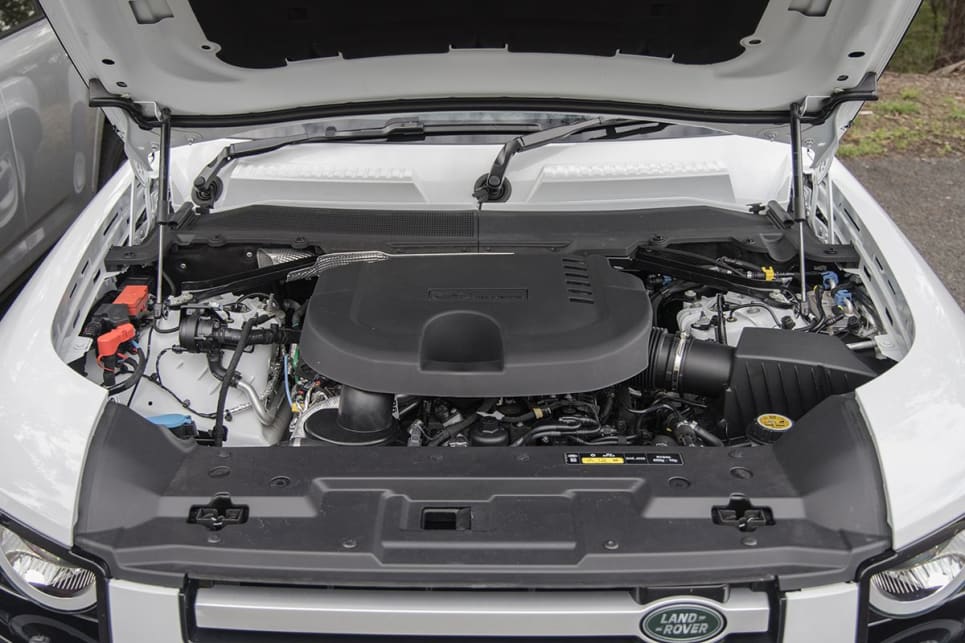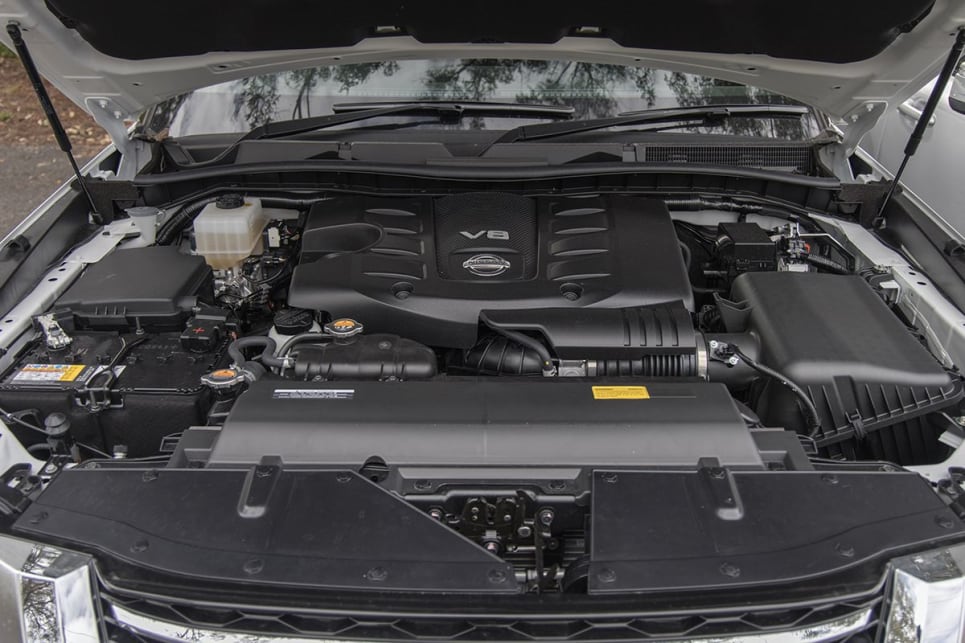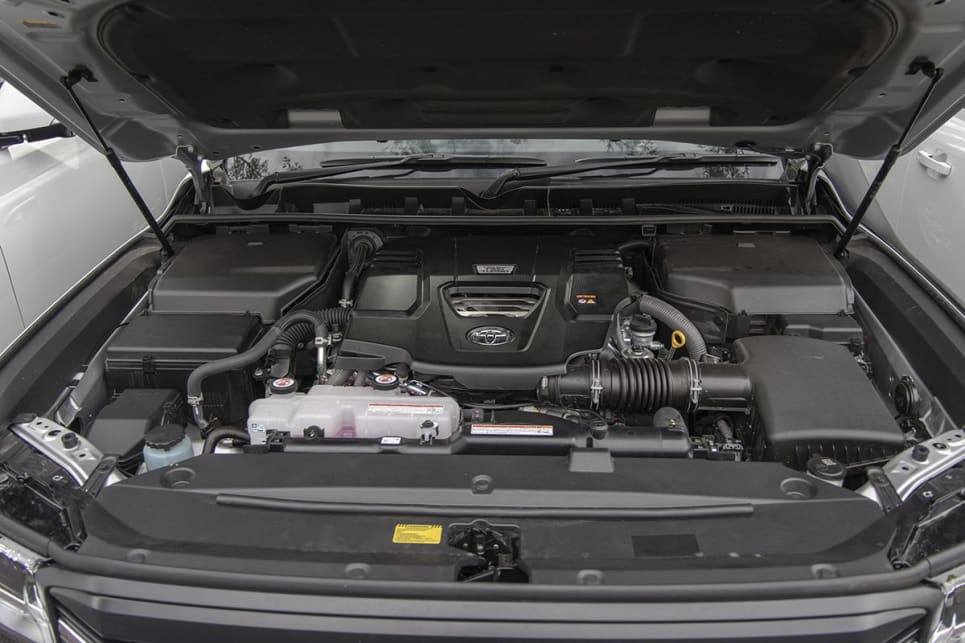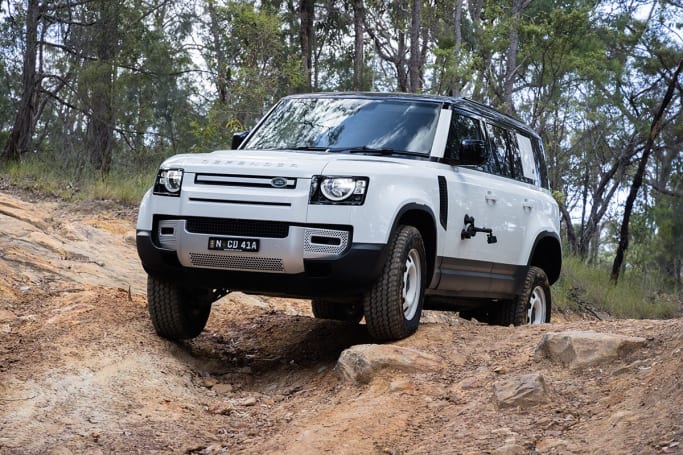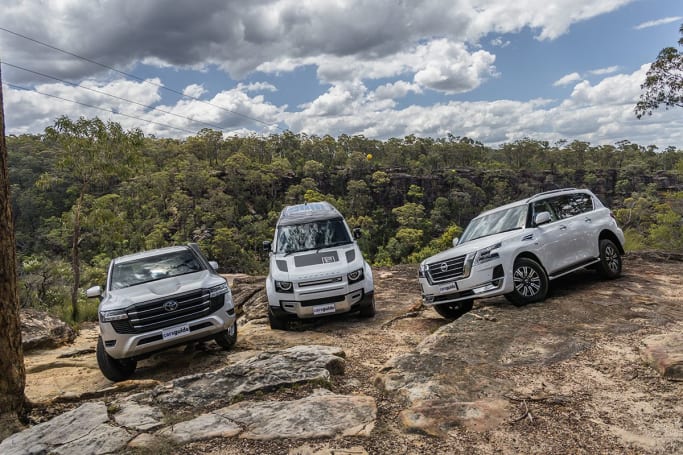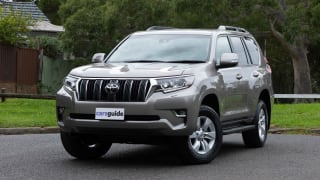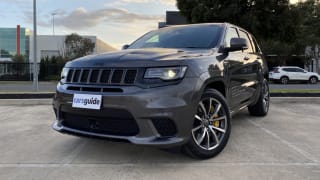You might be surprised to learn that these three four-wheel drive wagons are pretty close on price. You’re likely to be even more surprised by the fact the Land Rover is actually the cheapest of the three, based on list pricing (MSRP - before on-road costs and options)
In fact, we’ve gone as far as piecing together a story about the differences in pricing and specs between these three four-wheel drives - check it out here.
The Land Rover Defender 110 D250 lists at $82,466 (correct at time of writing), though the model we had included more than a handful of options, pushing its as-tested price to $99,596.
Some of those options are arguably unnecessary, though - the Santorini Black Contrast Roof ($2171), the Front Jump Seat ($1853), Privacy Glass ($999), Leisure Activity Key ($910), the black bonnet decal ($281) are all things you don’t really need.
The Off-Road Pack ($1663) with the electronic active differential/torque vectoring by braking, black roof rails and a 230-volt power point in the boot - that’s pretty good. The Advanced Off-Road Capability Plus Pack ($2210) while the tow hitch receiver ($1432) is pricey, and the Clearsight interior rearview mirror ($1274) is a good option to have, as the visibility isn’t terrific without it. There are a few things you should get standard, but don’t, which are detailed in the table below.
Next most expensive on list pricing is the Toyota LandCruiser 300 Series GX, which lists at $89,990. Couple of options for our car, including a towing kit with electronic brake controller, and silver paint. This five seater is pretty basic, but there’s a bunch of stuff you’d expect for this amount of money that is included, and plenty that isn’t. Compare them in the table below.
The most expensive on this test is the Nissan Patrol Ti-L, listing at $94,115. It is showing its age from some of the tech inclusions, but the comfort and convenience measures in place are pretty impressive.
Let’s look at the multimedia/infotainment situation for each car, first.
| Land Rover Defender 110 D250 | Toyota LandCruiser 300 Series GX | Nissan Patrol Ti-L |
Sat nav | Y | N | Y |
Apple CarPlay / Android Auto | Y | Y | N |
Touch screen size | 10.0-inch | 9.0-inch | 8.0-inch |
USB ports | 5 | 2 | 4 |
Radio | AM/FM/DAB | AM/FM/DAB | AM/FM/DAB |
CD / DVD player | N | N | Y |
Rear seat entertainment | N | N | Y - two screens |
Sound system speakers | 6 | 6 | 13 - Bose |
Wireless phone charging (Qi) | N | N | N |
Next, let’s look at some other interior trim elements - which is the most luxurious based on its furnishings, and which is very much aimed at a rough-and-tumble buyer?
| Land Rover Defender 110 D250 | Toyota LandCruiser 300 Series GX | Nissan Patrol Ti-L |
Number of seats | 5 standard, 6 as tested | 5 standard | 7 standard |
Interior trim | Leather | Cloth | Leather |
Flooring | Carpet | Vinyl | Carpet |
Front seat adjustment | Manual | Manual | Electric |
Leather steering wheel | Optional | N | Y |
Heated front seats | Optional | N | Y |
Ventilated / cooled front seats | N | N | Y |
Heated steering wheel | Optional | N | Y |
Air conditioning | Dual zone climate control | Dual zone climate control | Tri zone climate control |
Directional rear air vents | Y | Y | Y (three rows) |
Keyless entry / smart key | Y | Y | Y |
Push button start | Y | Y | Y |
Cruise control | Adaptive | Adaptive | Adaptive |
Auto dimming rearview mirror | Y - with optional camera version | N | Y - standard camera version |
Electric tailgate | N | N | Y |
Sunroof | Optional | N | Y |
Right, so what about what sets them apart on the outside? There are some visual differentiators, and we’ve detailed the tyres you get here, too.
too.
| Land Rover Defender 110 D250 | Toyota LandCruiser 300 Series GX | Nissan Patrol Ti-L |
Wheels | 18-inch steel | 17-inch steel | 18-inch alloy |
Tyres | Goodyear Wrangler A/T | Dunlop Grandtrek A/T | Bridgestone Dueler A/T |
Spare wheel | Full size spare - tailgate mounted | Full size spare - under body | Full size spare - under body |
Roof rails | Optional | N | Y |
LED headlights | Y | Y | Y |
LED daytime running lights | Y | Y | Y |
Fog lights | N | N | Y |
Auto headlights | Y | Y | Y |
Auto high-beam lights | Y | Y | N |
Auto rain sensing wipers | Y | Y | Y |
LED tail-lights | Y | N | Y |
Snorkel air intake | N | Y | N |
There are multiple trim levels above and beyond what you see here in the LandCruiser and Land Rover, so you can spend a whole lot more if you want to.
In fact, we’d suggest you spend up on the GXL version of the 300 Series at least, that way you’d get seven seats, carpet, added safety gear, and Toyota’s multi-terrain select system, too.
And the sky's the limit when it comes to what you can add to your Land Rover Defender - there are literally thousands of combinations - including a multitude of engine options (and a mammoth petrol V8, too!) - but just be prepared for the prices to be sky high, too.
As for the Nissan Patrol Ti-L? On pricing and specs it’s the clear winner here. It might be the most expensive on list price, but it has the most standard inclusions, and could be a great option for families looking for an adventure rig for under a hundred grand.
| Toyota LandCruiser 300 Series GX | 7 |
| Land Rover Defender 110 D250 | 8 |
| Nissan Patrol Ti-L | 9 |





